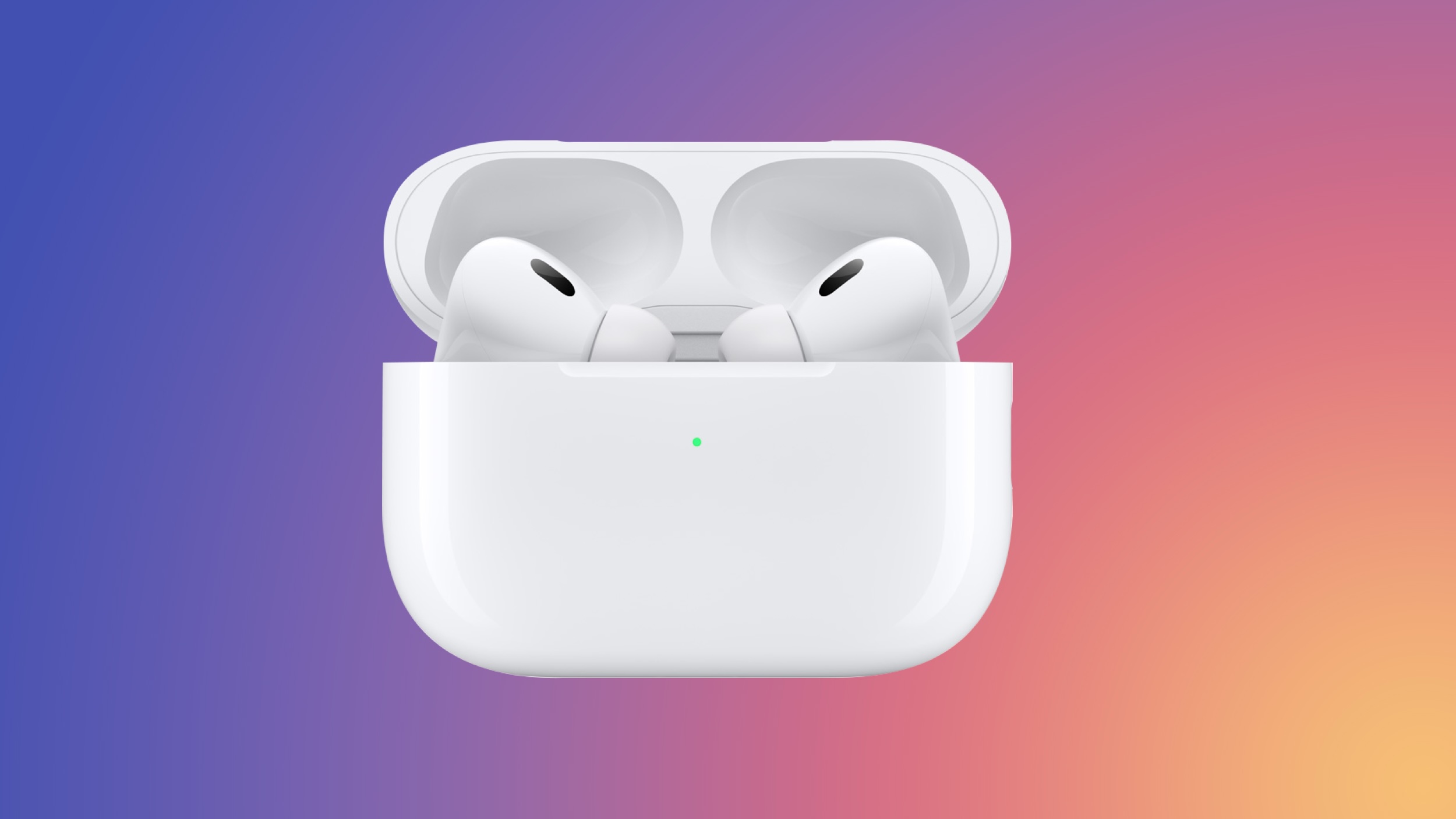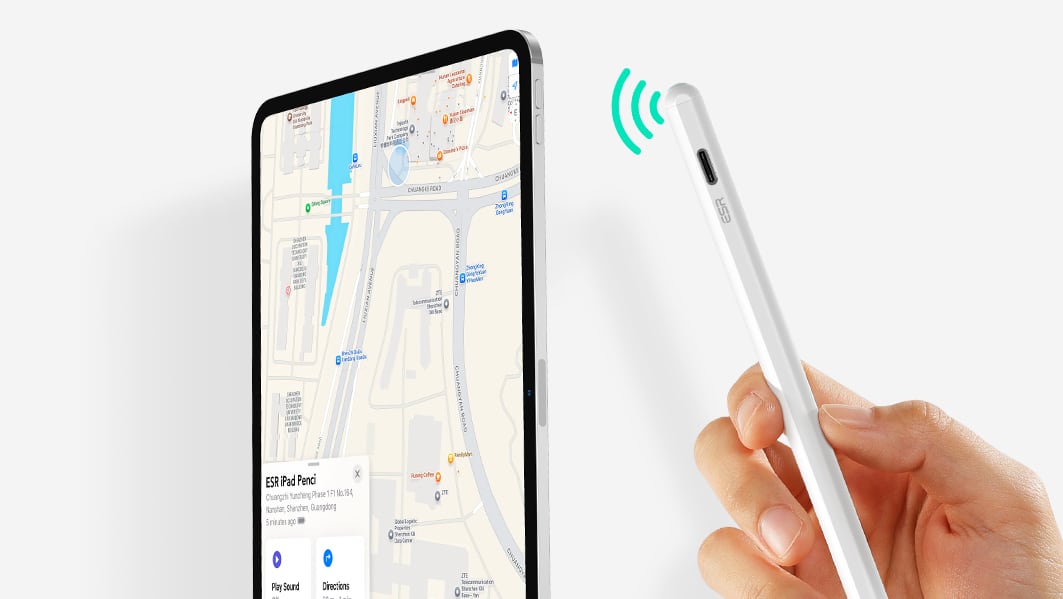Samsung probably isn’t going to bring the time-of-flight sensor back
What you need to know
- Samsung reportedly won’t bring its own time-of-flight sensor back to its flagship devices.
- Apple will continue to use its LiDAR Scanner in future iPhones.
Nobody was using it, apparently.
Samsung’s next flagship device, the Galaxy S22 lineup, won’t have a time-of-flight (ToF) sensor, according to a new report. This comes as Apple continues to offer the similar LiDAR Scanner on its own high-end iPhones, including the current iPhone 12 Pro. It’s also one of the reasons iPhone 12 Pro Max is the best iPhone for photographers, too.
According to a new ETNews report, Samsung has decided against bringing the ToF sensor back to its flagship phones after initially ditching it when launching its Galaxy Note 20 and Galaxy S21 handsets.
According to the industry on Sunday, it has been reported that Samsung Electronics has decided not to integrate the technology into the ‘Galaxy S22’ that is expected to be released in the first quarter next year. Although the company had been looking into the possibility, it recently decided not to pursue the possibility.
One representative from the industry who is familiar with Samsung Electronics’ situation with smartphone development said that Samsung Electronics decided not to integrate the technology into its next strategic smartphone as consumers’ responses towards the company’s camera system that is not integrated with the technology are not so bad.
Samsung believes that people weren’t making use of the ToF sensor and has now apparently decided that it should save the money on what is thought to be a relatively costly part.
Samsung Electronics decided to look into using the technology once again when Apple applied the technology for the iPhone 12 that was released in the fall last year. Ultimately, it decided not to apply the technology for the Galaxy S22 due to lack of clear advantages of the technology.
Apple will stick with it similar LiDAR Scanner for future iPhones, however. Apple uses the sensor for improved augmented reality and photography capabilites.






